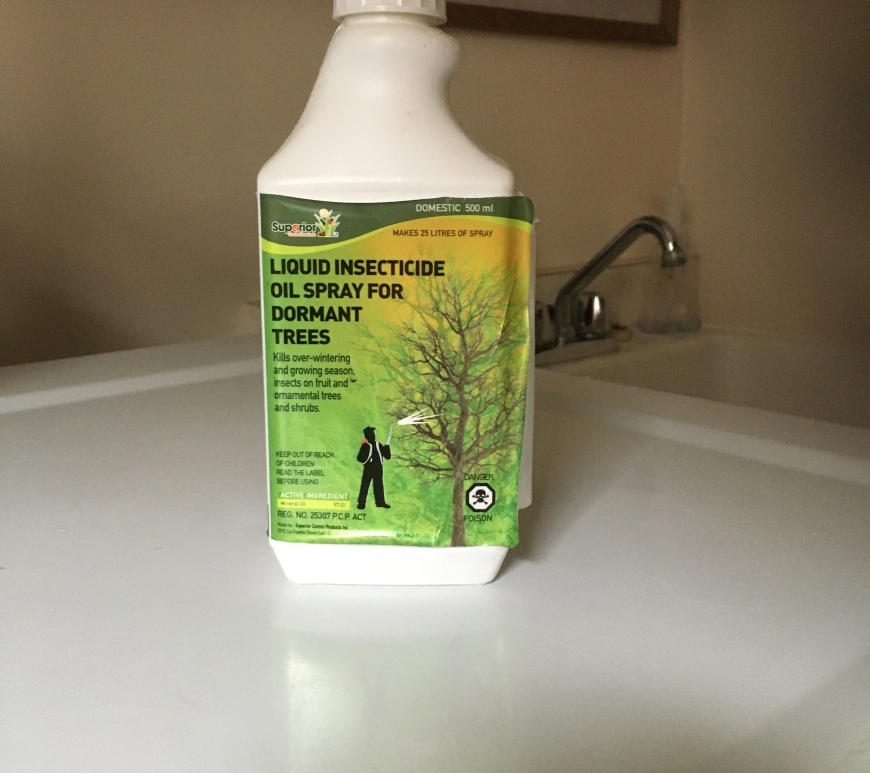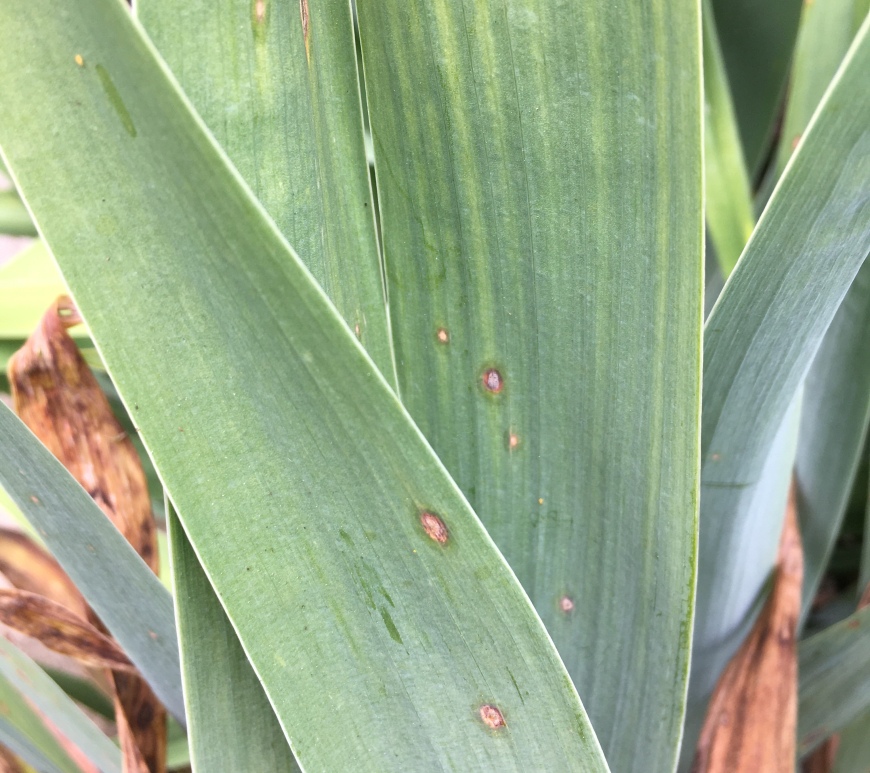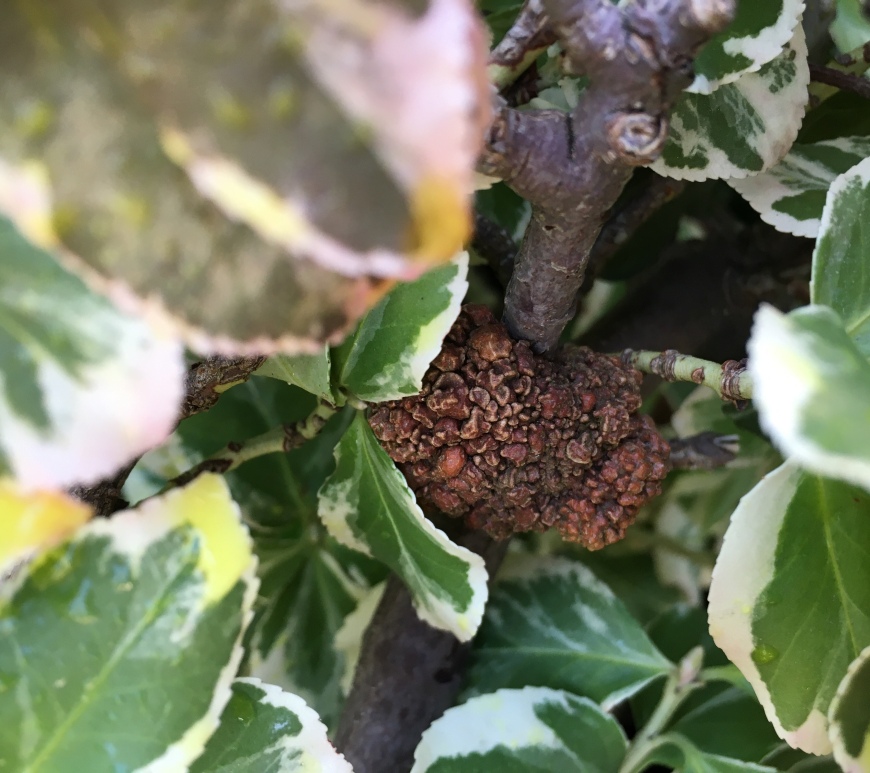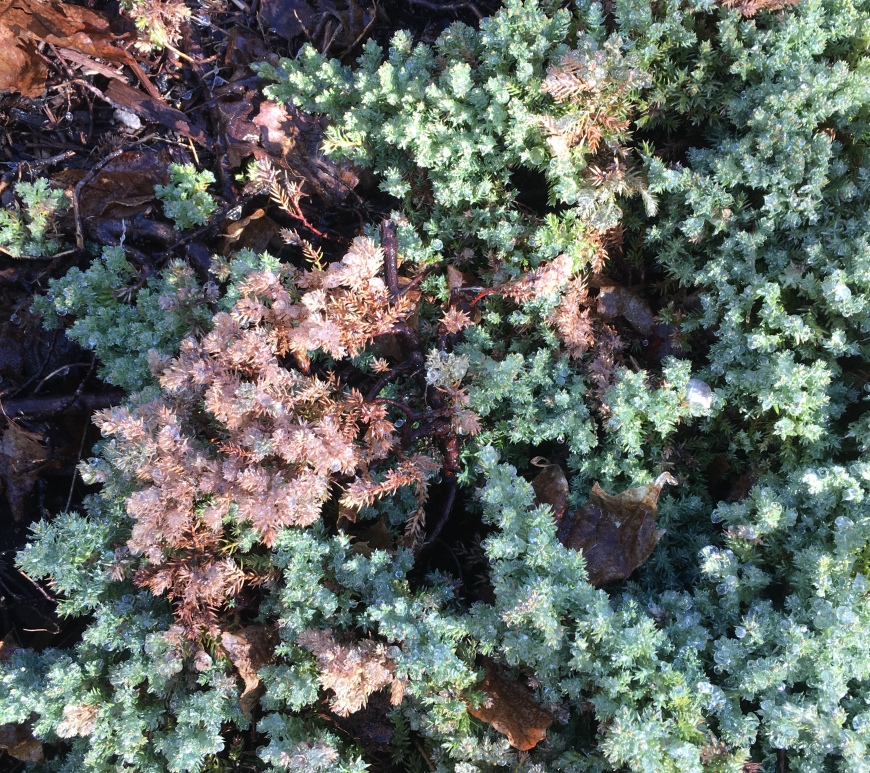
Needle Cast Diseases of Spruce
Needle cast is a fungal disease of coniferous trees that causes the inner needles to turn brown and fall off the tree (cast off). The disease typically begins on the lower and inner branches, where there is more shading, less air flow and more moisture. The disease then gradually works its way up the tree. After repeated infections, trees begin looking thin and sparce, with … Continue reading Needle Cast Diseases of Spruce



















